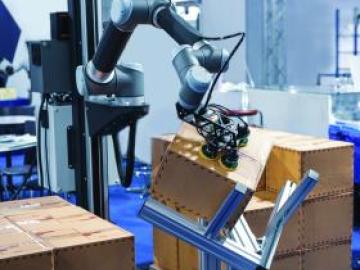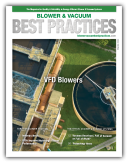Positive Displacement Blower and Vacuum Booster Lubricants
You have your equipment, everything is set up and ready to run, but what about your lubricants? Too often, lubricants receive little attention with respect to their use in rotating equipment. Even the most reliable cars in the world will encounter problems on a short commute if the wrong transmission fluid is used during a flush. The same is true with your Positive Displacement (PD) blower or vacuum booster that operates around the clock. In our experience, approximately 80% of all bearing and gear failures are the result of improper lubrication.



